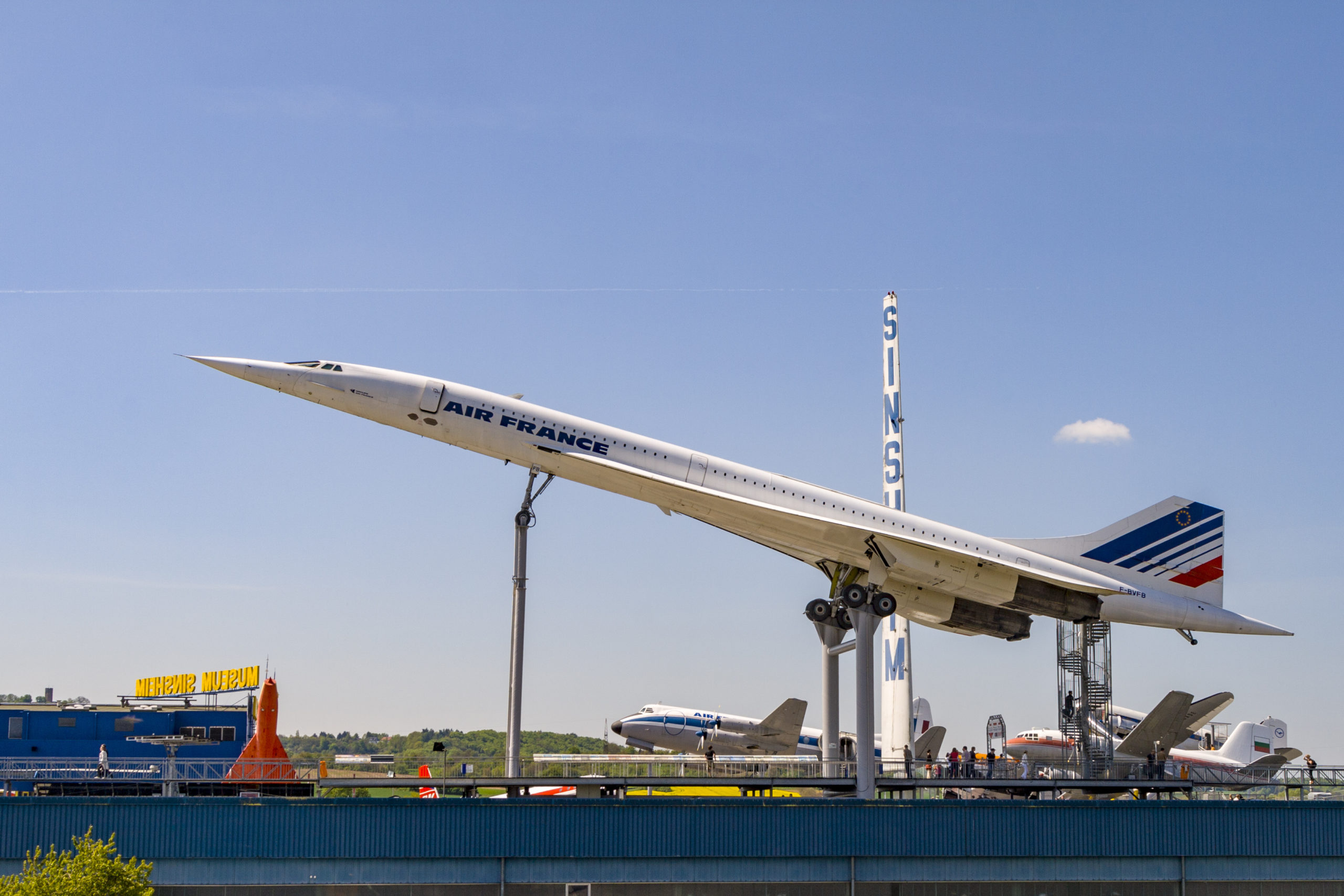Elon Musk visited my hometown of Adelaide, South Australia, twice in 2017. As you’d expect, he was greeted by huge public and media interest. People were excited that our humble little city would receive attention from the man behind Paypal, Tesla and SpaceX.
Musk’s first visit was in connection with a public announcement that Tesla was building an industrial mega-battery to solve South Australia’s power problems. Typically, these matters are the topic of debate for a long time in parliament, but not with Elon Musk. “Tesla will get the system installed and working 100 days from contract signature or it is free,” he famously declared on Twitter.
And sure enough, the battery was built within that timeframe, and began supporting South Australia’s power grid. Within a month it had proved its worth, backing up the Loy Yang coal power plant when it went offline.
The second time Musk visited Adelaide was for the International Astronautical Congress. I was interning at a television news station that week and narrowly missed out on attending Musk’s keynote on the Friday afternoon. The main thrust of his talk, which I livestreamed from the office, was the feasibility of a reuseable SpaceX rocket that could eventually send people to Mars. Additionally, he proposed rocket-propelled travel between locations around the globe, suggesting it would be possible to travel from one side of the world to the other in under an hour. His promotional video depicted a flight from New York to Shanghai lasting 39 minutes.
This caught my imagination. It seemed impossible a rocket would be able to take off from one launch-pad and land on another, let alone carry humans safely. The journalist covering the story returned to the newsroom after the conference full of scepticism about Musk and his schemes.
But Elon Musk’s claim wasn’t as far-fetched as it seemed. Footage began emerging of successful SpaceX test landings on launch-pads and ocean barges. The line between science and fiction had blurred. Suddenly the unbelievable seemed believable.
We live in a world where charismatic entrepreneurs can make incredibly complex ideas seem simple—and then make them happen. However, the most sophisticated technologies pale in comparison to the complexity of the human body and the miracle of our very existence, which can be described in just one sentence: “So God created mankind in his own image, in the image of God he created them; male and female he created them” (Genesis 1:27).
The rapid advancement of technology does raise questions about our place on this earth. God may have created the world, but, if some of earth’s big thinkers have their way, we may even end up living on Mars. Elon Musk himself believes that life on earth is heading towards destruction, suggesting Mars could be a worthy Plan B. “It’s important to get a self-sustaining base on Mars because it’s far enough away from Earth that [if war breaks out] it’s more likely to survive than a moon base,” he told delegates at SXSW earlier this year. “If there’s a Third World War we want to make sure there’s enough of a seed of human civilisation somewhere else to bring it back and shorten the length of the dark ages.”
Clearly there is significant motivation to advance technology in order to avert an impending disaster, and for humanity to remain in control. Is that what God intended for us, or does He have another plan?
The Bible predicted the state of the world in our time many centuries ago. When God revealed the future to Daniel—describing it as the “time of the end”—he said “many shall run to and fro, and knowledge shall be increased” (Daniel 12:4, KJV).
Sound familiar? There is an abundance of evidence to suggest that we are indeed in a period where knowledge is significantly increasing. Prior to the mid-1880’s, everyday travel included horse-drawn vehicles and the cutting edge of transportation was steam-powered trains or ships. After that point there was a boom in knowledge and understanding of mechanical engineering. Germany’s Karl Benz is thought to have invented the first automobile in 1885, paving the way for rapid, personal overland transport. Then the Wright brothers cracked the code on air travel in December 1903, when they embarked on their first flight, lasting just under a minute.
In the 115 years since, technological development has skyrocketed into a new sphere of engineering. Boeing recently released a hypersonic aircraft concept, predicted to fly between six to 12.5 times faster than a commercial airliner—between 6000 and 12,000km/h. The hypersonic aeroplane would also be at least three times faster than the legendary but now decommissioned Concorde, which travelled at more than twice the speed of sound. “We’re excited about the potential of hypersonic technology to connect the world faster than before,” said Kevin Bowcutt, chief scientist of hypersonics at Boeing.
It has only taken humanity about a century to shift from the first ever flight to air travel at the speed of a ballistic missile. And that’s after thousands of years of fairly static human existence that still continues unchanged in many parts the world.
Records are not only being broken in air travel, but also in ground travel. When Karl Benz first invented the automobile, it had one cylinder and produced a miniscule 0.75 horsepower. These days, the current production vehicle record is held by the Hennessey Venom F5, packing an engine capable of 1600hp and a top speed of 484km/h.
Electric cars, a concept that Elon Musk’s Tesla helped popularise, have seen huge strides in engineering advancement. In 2018, at the Geneva Motorshow, Croatia’s Rimac Automobili announced that their all-electric Concept Two would accelerate from 0 to 96km/h in 1.85 seconds, making it a contender for the world’s fastest production car (if it’s ready to launch in 2020, as planned). A whopping 1914hp engine, 2552 times more powerful that Karl Benz’s first vehicle, provides the Rimac Concept Two’s acceleration.
All these technological advancements come with a purpose. The old power grids are failing, so we replace them with new batteries. The current forms of aviation are slow, so we plan on using rockets and hypersonic aircraft to save us time while we “run to and fro,” in the words of Daniel’s prophecy. Internal combustion vehicles are slow and unclean for the environment, so they’re being replaced with the new fast-accelerating and eco-friendly electric cars.
But what about the increasingly uninhabitable nature of our world? Elon Musk’s comments about emigrating to Mars reveal our awareness of humanity’s fragile existence on this planet, as well as our cocksure confidence that we are in control of our destiny.
The Bible reminds us on countless occasions that when events seem to be spiralling out of control, God remains in charge: “Do not fear, for I am with you; do not be dismayed, for I am your God. I will strengthen you and help you; I will uphold you with my righteous right hand” (Isaiah 41:10).
While the description of the end times in Daniel 12 accurately predicted the highly sophisticated and advanced world we live in, the Bible also alleviates fears by showing that everything happens according to God’s plan. “‘For I know the plans I have for you,’ declares the Lord, ‘plans to prosper you and not to harm you, plans to give you hope and a future’” (Jeremiah 29:11). The world around us is a constant reminder that, while humanity gives the illusion of control, there is an Almighty Creator who ultimately has foretold these events, and will guide us into a bright future.
Daniel Kuberek is assistant editor of Signs of the Times Australia and lives in Sydney. While he’s now wary of the moonlighter plant, he’s not afraid to go off the beaten track in search of great moonlit photos.
This article first appeared in Signs of the Times Australia.
















